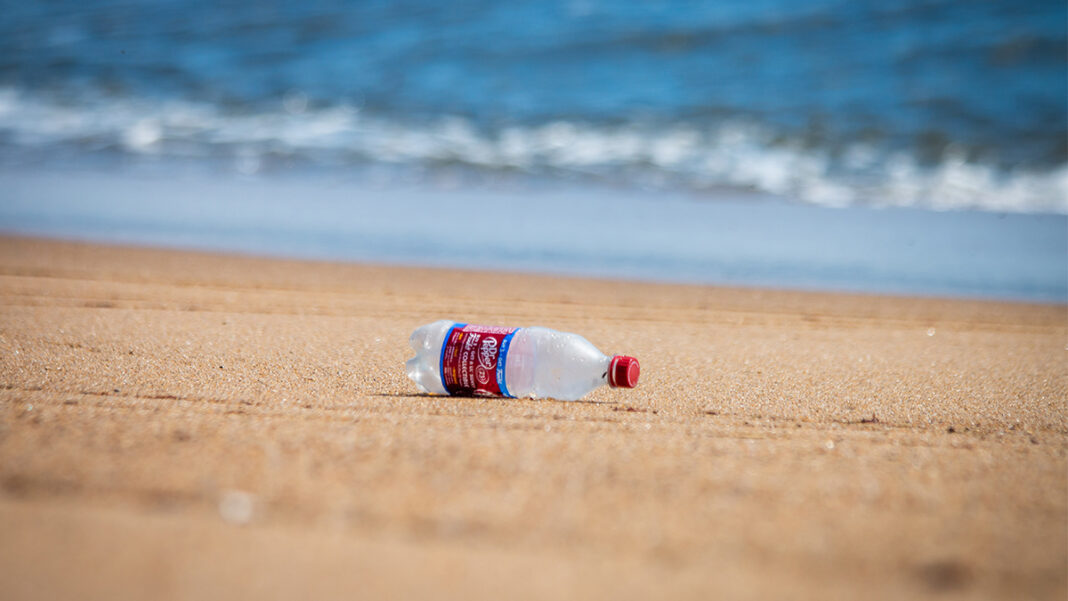Curbing plastic pollution is the long-term goal of many environmental groups. But despite extensive efforts, we are still far from generating positive results. In fact, statistics shows that the amount of plastic in the ocean is expected to balloon by three-folds in 2040.
The problem: getting accurate figures on the extent of plastic pollution is nearly impossible. A rough estimate of 150 million metric tons of plastic waste in the ocean last 2015 does not even include plastic accumulation on land. As if these shocking figures aren’t enough, the continuous use of this indestructible material shows no signs of slowing down.
Why Plastic Pollution is a Huge Global Problem
Did you know that around 40% of plastic is used only once? Plastic is a great contributor to innovation and modernization. Without it, we could’ve ended up eating on metal, glass, and banana leaves. But since its widespread production in the 1950s, it has been piling up on our land and waterways. Moreso, while there’s no clear data on exactly how long it takes before this material decomposes, the closest guess is around 450 years. Who knows? It might not biodegrade at all.
Studies also suggest that plastic pollution in the ocean is not caused by directly (and irresponsibly) throwing wastes on water. Instead, improper waste disposal on shores and on nearby areas is the major culprit behind plastic accumulation. So if you need to ask why we’re soon drowning on these non-biodegradable materials, ask again.
More alarmingly, plastic poses a graver threat to marine life. While it’s hard to draw precise figures, research suggests that plastic kills millions of marine species annually. Either a school of fish gets strangled by nets or they eat microplastic, the results won’t change. They’ll all die from plastic.
The Efficiency of Reusing and Recycling Plastic Wastes
Finding solutions for plastic pollution is far from solving polar ice caps or global warming. It doesn’t require an entire system reboot. If you know how to reuse, recycle, and properly dispose of your plastic wastes, you’re already doing half the job. Practicing it is the other half.
Likewise, organizations across the globe are looking for realistic ways to minimize plastic use. Pew Charitable Trusts, a London-based environmental organization, promotes conservation efforts drawn from evidence-based findings. The org projects an 80% drop on plastic pollution in waterways for the next 20 years simply by practicing mindfulness.
How so? Based on Pew’s proposed model, reusing containers and replacing plastic with paper bags can decrease plastic use by 47%. This, along with recycling efforts, can help our planet recover.
But while these measures help, we aren’t getting overly optimistic here. With our current plastic wastes, it would take a huge budget and innovative technology for us to be plastic-free.
Moreso, current research on the efficiency of recycling methods shows unimpressive results. According to the EPA, last 2017, the recycling percentage of plastic was only nearly 30%. Furthermore, only one-third of plastic thrown at recycling facilities is being reused.
With all these figures and studies, it takes more than just recycling to get the job done.
Breaking Down Plastic through an Enzyme
Controlling plastic use–and recycling it–is indeed rocket science. Fortunately, many scientists are devoted to finding solutions before plastic eats up our entire space.
Just to make sense of new findings, let’s first go back to basics. Most plastics are made up of Polyethylene terephthalate (PET), with productions reaching around 70 million tons per year. The problem is, this material cannot be broken down by enzymes and is therefore indestructible.
The good news: back in 2012, a group of Japanese scientists at Osaka University discovered an enzyme. The enzyme, which is called leaf-branch compost cutinase (LLC), is capable of breaking down PET. It does so by blocking bonds between ethylene glycol and terephthalate–two of PET’s main building materials.
But just before the world rejoiced, further studies discovered a major problem. LLC begins to degenerate at around 65℃–the same temperature required to make PET vulnerable. So how does this impact the decomposing process? For one, PET needs to enter that “vulnerability” state to allow LLC to enter the material and efficiently break down its components. Because LLC deteriorates just as PET softens up, the decomposing process is put to a halt.
This is a problem that needs more innovative solutions.
Mutant Enzymes as a Silver Lining
Finding a plastic-eating enzyme only to know that it won’t work is frustrating, to say the least. Luckily, our scientists won’t take “no” for an answer.
Recently, Isabelle Andre and Alain Marty followed through the 2012 Japanese research. Andre is an enzyme engineer, while Marty is a scientific officer of Carbios, a company that promotes sustainable plastic. Together, they experimented and made a mutant enzyme that can survive at higher temperatures.
Seeing LLC’s potential, Andre and Marty began their research by studying the enzyme’s structure. They identified its amino acids and the sites where it bonds to terephthalate and ethylene glycol.
Since temperature is a major concern in LCC’s case, they needed to make sure that their mutant enzyme can withstand over 65℃. They tested hundreds of enzymes that had heat-stabilizing properties until they hit the jackpot–an enzymatic recycling technology.
Based on test results, the enzyme they created was more efficient in breaking down PET by 10,000 times. Not to mention, it can survive at 72℃–a temperature more than enough to break the chains of PET’s building blocks.
Even better news: further research suggests that this new super enzyme can disintegrate up to 90% of PET materials. Plus, it also restores ethylene glycol and terephthalate for plastic recycling purposes. With this new technological solution, recycling plastic is just on the horizon.
The lab work is done and it won’t take long before this scientific breakthrough gains its much-deserved recognition. According to Marty, construction for a new plant is already on the way. Operations for this new technology will start in 2012 in French Chemical Valley.
With a mutant, plastic-eating enzyme on our side, we can’t help but be excited about our future.










